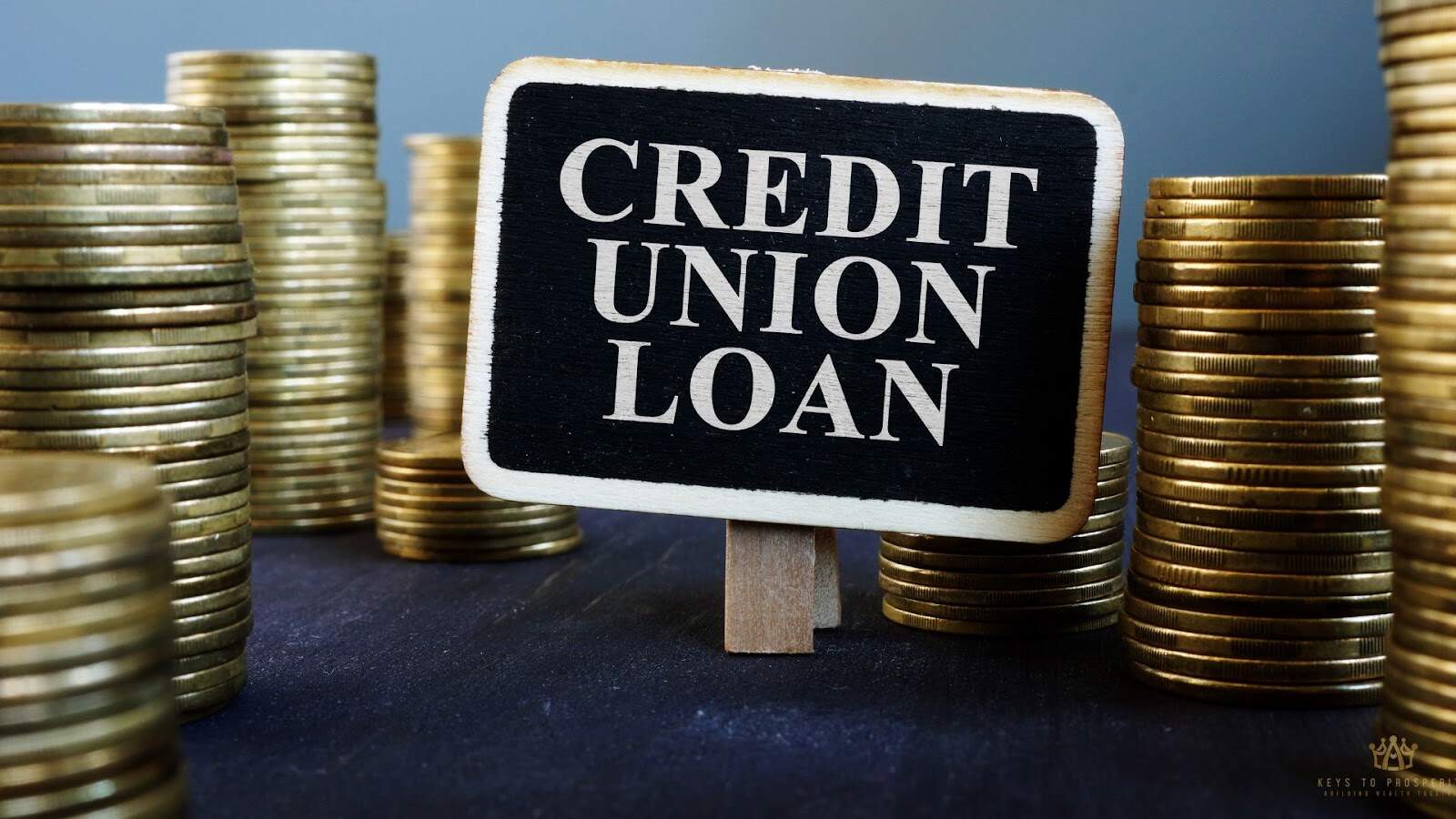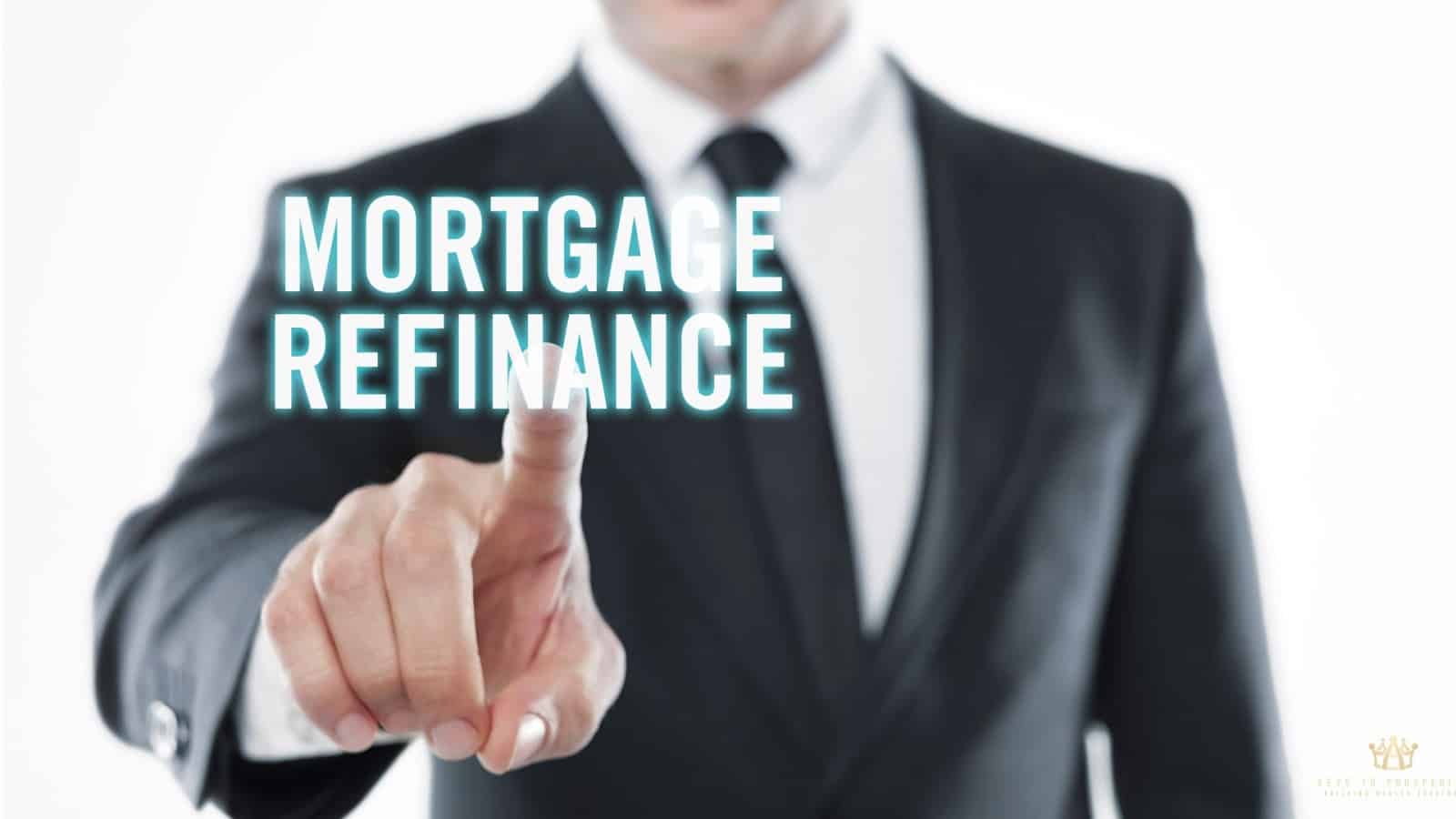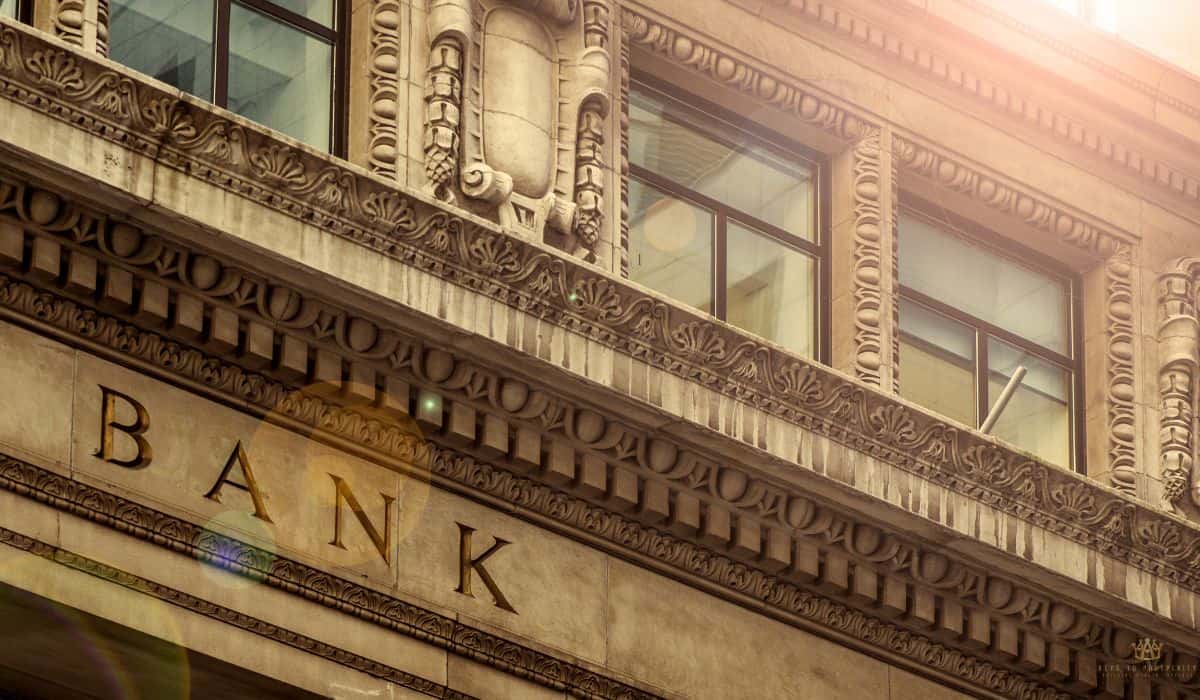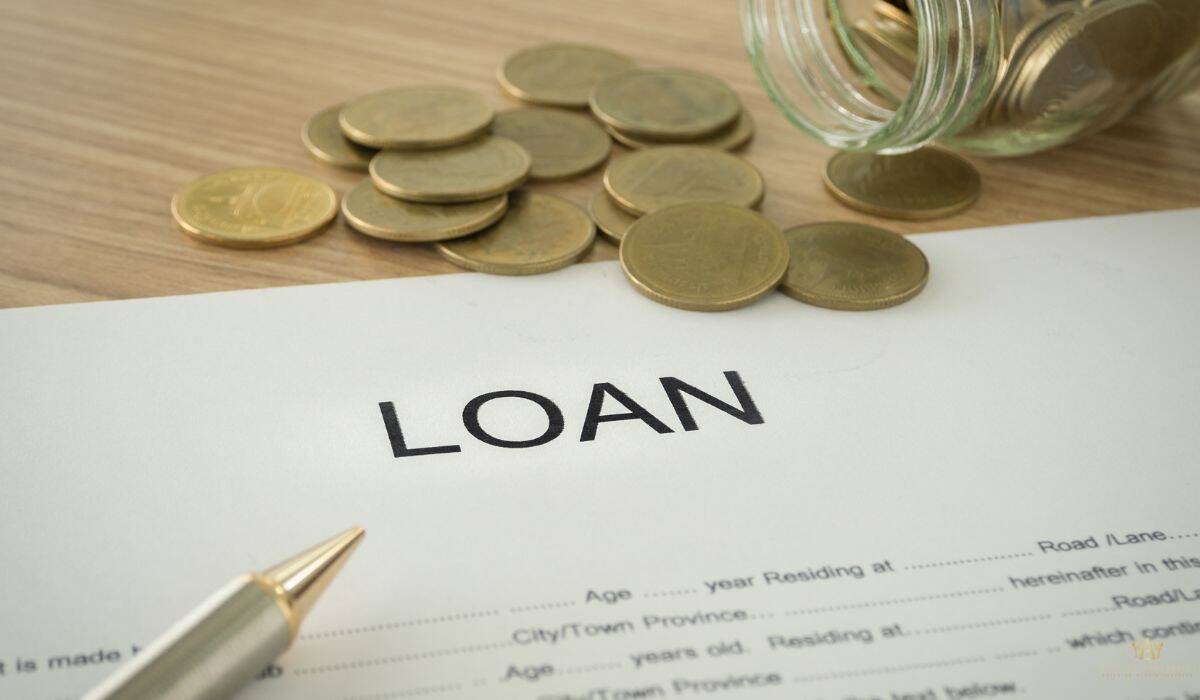A massive financial wave is approaching. Close to $1 trillion worth of commercial mortgages will reach maturity throughout 2025. That’s roughly one-fifth of all outstanding commercial real estate debt in the market.
This represents nearly a trillion dollars more than what borrowers faced last year, creating unprecedented challenges as property owners scramble to secure new financing in today’s elevated rate environment.
Commercial mortgage rates have shifted dramatically, and many borrowers who locked in low rates years ago are now staring at significantly higher interest rates for their refinancing needs.
From our experience, smart business owners are getting ahead of this crunch by understanding their options early. This surge in maturing loans means lenders are busier than ever, and competition for the best financing terms is heating up.
This guide breaks down everything you need to know about securing commercial real estate financing in 2025.
You’ll discover current rate trends, learn about different loan types available, understand what most lenders look for during credit approval, and get practical strategies to optimize your cash flow and minimize costs.
If you missed our previous article on commercial loan rates, be sure to check that out for a closer look at historical trends. And don’t skip our next deep dive into commercial real estate lending for more financing tips.
If you’re exploring bigger plans, our commercial real estate bank loans pillar page is packed with insights to help you chart your course.
Short Summary
- Commercial mortgage rates in 2025 are influenced by the federal funds rate, prime rate, and secured overnight financing rate.
- Many loan options are available, from traditional bank loans to SBA loans and Fannie Mae programs.
- Qualification requirements include credit checks, DSCR analysis, loan to value ratios, and solid documentation.
- Understanding total financing costs and monthly payments will help you make smart decisions for your commercial property.
- Refinance or cash out refinance can be great options when your business needs change.
Current Commercial Mortgage Rates And Market Trends
Current numbers and the economic forces that drive them. These are the two we need to look at to understand today’s commercial mortgage rates landscape. Let’s break down what property owners are actually seeing in 2025’s market.

2025 Rate Ranges By Property Type
Commercial real estate financing costs vary significantly based on your asset class. Office buildings are currently seeing rates between 7.2% to 9.5%, depending on location and occupancy levels.
For instance, a fully leased downtown office might secure financing at 7.5%, while a building with vacancy issues could face rates pushing 9%.
Investment properties like retail centers and warehouses typically range from 6.8% to 8.9%. Owner occupied properties often get the best treatment from lenders, with rates starting around 6.5% for strong borrowers.
Consider how a manufacturing company purchasing their facility might qualify for SBA loans at even lower rates through the Small Business Administration.
Federal Rate Impact On Commercial Lending
The federal funds rate and secured overnight financing rate directly influence what most lenders charge for commercial mortgages. When the Fed raises rates, banks’ borrowing costs increase, and they pass those costs to borrowers.
Prime rate movements create ripple effects across all lending options. Take a recent scenario where a credit union adjusted their commercial rates three times in six months, following Fed policy changes.
Fixed Vs. Variable Rate Comparison
Fixed rate loans offer predictability but typically start 0.5% to 1% higher than variable options. Variable rates tied to prime might begin at 6.5% but carry adjustment risk throughout the loan term.
For example, a restaurant owner choosing between a 7.5% fixed rate and a 6.8% variable rate needs to consider their cash flow stability and risk tolerance. Many borrowers prefer fixed rates when planning monthly payments for budgeting purposes.
Smart business owners compare multiple competitive terms before deciding, especially given today’s volatile interest rates environment.
Types of Commercial Real Estate Loans And Lenders
Let’s look at some loan options out there and the kind of lenders who can help make your commercial real estate dream a reality. These are some of the most common ways people get the financing they need to keep their businesses moving forward.
Traditional Commercial Real Estate Loan Options And Loan Terms Available
We’ve seen lenders offer commercial real estate loan terms that range from 5 to 25 years, with interest rates closely tied to the prime rate and market conditions. For example, someone might find a 10-year fixed-rate loan with a 25-year amortization schedule.
For those unfamiliar with the term, amortization schedule indicates how much of each payment goes toward the principal (the original loan amount) and how much goes toward interest. Over time, the portion going to principal increases, while the portion going to interest decreases
Typical loans include:
- Commercial mortgage loans for investment properties or owner occupied spaces.
- Construction loans for property development.
- Bridge loans for quick deals that need fast funding.
- SBA Loans Through Small Business Administration For Small Business Owners
If you’re a small business owner, SBA loans are a solid choice. The Small Business Administration offers loan guarantees, making it easier to qualify even if you’re just starting out.
For instance, someone with a new retail space might land a 7(a) loan with 90% loan to value. Loan to value is a ratio that compares the amount of the loan to the appraised value (or purchase price, whichever is lower) of the asset being financed by the way.
Key features include:
- Longer loan terms, up to 25 years for real estate.
- Lower down payments, often 10% to 15%.
- Flexible eligibility standards compared to traditional loans.
- Fannie Mae Programs and Government-Backed Commercial Real Estate Financing
Fannie Mae has programs that support multifamily and mixed-use properties, offering government-backed loans with competitive interest rates. For example, an investor with a solid credit history could get a fixed-rate loan at 6.5% for an apartment building.
These loans are great because they:
- Come with lower interest rates than typical private loans.
- Offer longer loan terms for steady payments.

Credit Union Vs. Bank Lending: Comparing Competitive Terms And Lending Options
We’ve noticed credit unions often have more flexibility with loan application requirements. They might look beyond just your credit score and focus on your cash flow and plans.
Banks, on the other hand, tend to offer bigger loan amounts and more types of commercial property financing.
For example, someone might find a credit union willing to finance 80% LTV ratio on a small office building, while a traditional bank would cap it at 70%.
Cash Out Refinance Opportunities For Existing Commercial Property Owners
A cash out refinance can help you tap into your property’s appraised value to fund new investments or improve your cash flow. This means a borrower can use a cash out refinance on their warehouse to finance new equipment purchases.
Some things to consider:
- Your credit history and current debt service coverage ratio will determine how much cash you can pull out.
- Closing costs and additional fees can add up, so factor those into your decision.
For a commercial real estate loan, don’t just look for the lowest rate. Picking the right fit for your business should also be a top priority. Up next, we’ll share what you need to qualify and how to make sure you’re ready for the loan application process.
Qualification Requirements And Application Essentials
Let’s cover the basics that lenders look for before they hand over the funds. These key factors shape the deal, and getting them right can make a huge difference when it’s time to apply for your commercial real estate loan.
Credit Score, Credit History, And Credit Approval Standards Across Most Lenders
Lenders want to see a good credit score, usually around 680 or higher, to show you’re a responsible borrower. They also look at your credit history to make sure you’ve handled other loans and payments well.
For example, someone applying for a loan to buy a small owner occupied shop might be asked to provide a detailed credit history report that covers every credit card, line of credit, and past loan.
Debt Service Coverage Ratio Calculations And Cash Flow Analysis Requirements
The debt service coverage ratio (DSCR) is key. It measures how well your property’s income covers its debt service. Most lenders expect a DSCR of at least 1.2. This means your net operating income is at least 20% higher than your total mortgage payments.
For instance, one business owner told us their lender required a DSCR of 1.3 to get funding for a commercial property purchase.

Loan To Value (LTV Ratio) Limits, Down Payment Expectations, And Maximum Loan Amounts
The loan to value ratio tells lenders how much risk they’re taking. A lower LTV means you’re bringing more of your own money to the table. Most lenders cap the maximum loan amount at 70% to 80% of the appraised value or purchase price.
Here’s what we’ve seen:
- Typical down payments are around 20% to 30%.
- Owner occupied properties might see higher LTV ratio limits.
- Investment properties usually face stricter LTV limits.
Required Documentation For Loan Application And Appraisal Process (Appraised Value Vs. Purchase Price)
You’ll need to gather some paperwork. Lenders want to see:
- Your personal and business tax returns.
- Financial statements showing cash flow and expenses.
- A loan application form and identification documents.
- An appraisal report showing the appraised value of the property compared to the purchase price.
One developer we know had to update their appraisal after the appraised value came in lower than expected. This shows that it’s a good idea to double-check those numbers before you finalize the deal.
Getting these requirements in order can really streamline your loan process.
Up next, we’ll break down the costs and how to plan those monthly payments so you’re ready for what’s ahead.
Loan Costs, Payments, And Strategic Financing Decisions
It’s important to understand the full scope of loan costs and how to manage them for long-term success. Let’s break down the key parts you need to know to keep your financing on track.
Total Financing Costs: Closing Costs, Additional Fees, And Monthly Payments Structure
Commercial real estate financing isn’t just about the mortgage rates. There are closing costs, additional fees, and those all-important monthly payments to think about.
For instance, we’ve seen closing costs run between 2% and 5% of the total loan amount, which can be a hefty chunk if you’re not prepared.
Here’s what might show up on the bill:
- Origination fees
- Title insurance
- Appraisal costs
- Legal fees
Debt Service Calculations, Balloon Payment Terms, And Mortgage Payments Planning
Knowing your debt service obligations is a must. This covers your mortgage payments and any balloon payment at the end of the loan term.
For example, someone financing an investment property might have low monthly payments up front but face a big balloon payment at year five. Planning for that final payout is crucial for avoiding surprises.

When Refinance Makes Sense Vs. Securing A New Loan From Other Lenders
Sometimes, it makes sense to refinance an existing commercial mortgage. Other times, switching to a new loan from different lenders can give better competitive terms.
One borrower, for example, compared interest rates from multiple lenders and found that refinance was a better fit because it kept their monthly payments manageable.
Non Recourse Options And Cash Flow Optimization For Long-Term Business Needs
A non recourse loan means your personal assets aren’t at risk if you default. These loans are great for cash flow flexibility and peace of mind.
Many developers in fact consider non recourse options when they’re expanding their portfolios to protect themselves from personal liability.
Getting these pieces right can turn your loan from a headache into a long-term asset that supports your business. Let’s put these strategies together and make your financing work for you!
Final Thoughts
Here’s the bottom line: commercial real estate financing can be complex, but with the right strategies and lenders, it’s manageable and can power your business goals. Stay on top of commercial mortgage rates, understand your loan terms, and always plan for the future.
If you’re ready to take the next step or want to explore more commercial real estate lending tips, visit our homepage for expert insights and resources.
Let’s get your financing journey on the right track!
Frequently Asked Questions
What Is A Commercial Mortgage?
A commercial mortgage is a loan secured by a commercial property, such as an office building, retail center, or investment property. It’s designed to help businesses finance their real estate needs and is different from a residential mortgage in terms of structure and rates.
How Do Commercial Mortgage Rates Work?
Commercial mortgage rates can be fixed or variable, depending on the lender and the type of loan. They are usually influenced by the prime rate and other benchmark rates like the federal funds rate.
What Is The Typical Down Payment For A Commercial Real Estate Loan?
For most commercial real estate loans, a down payment of around 20-30% of the purchase price is standard. The exact amount depends on the property type and the lender’s requirements.
When Should I Consider A Refinance On My Commercial Property?
Refinancing can make sense when interest rates drop or if you want to lower your monthly payments and improve your cash flow. It’s also a good idea when you need to tap into your property’s equity to grow your business.






